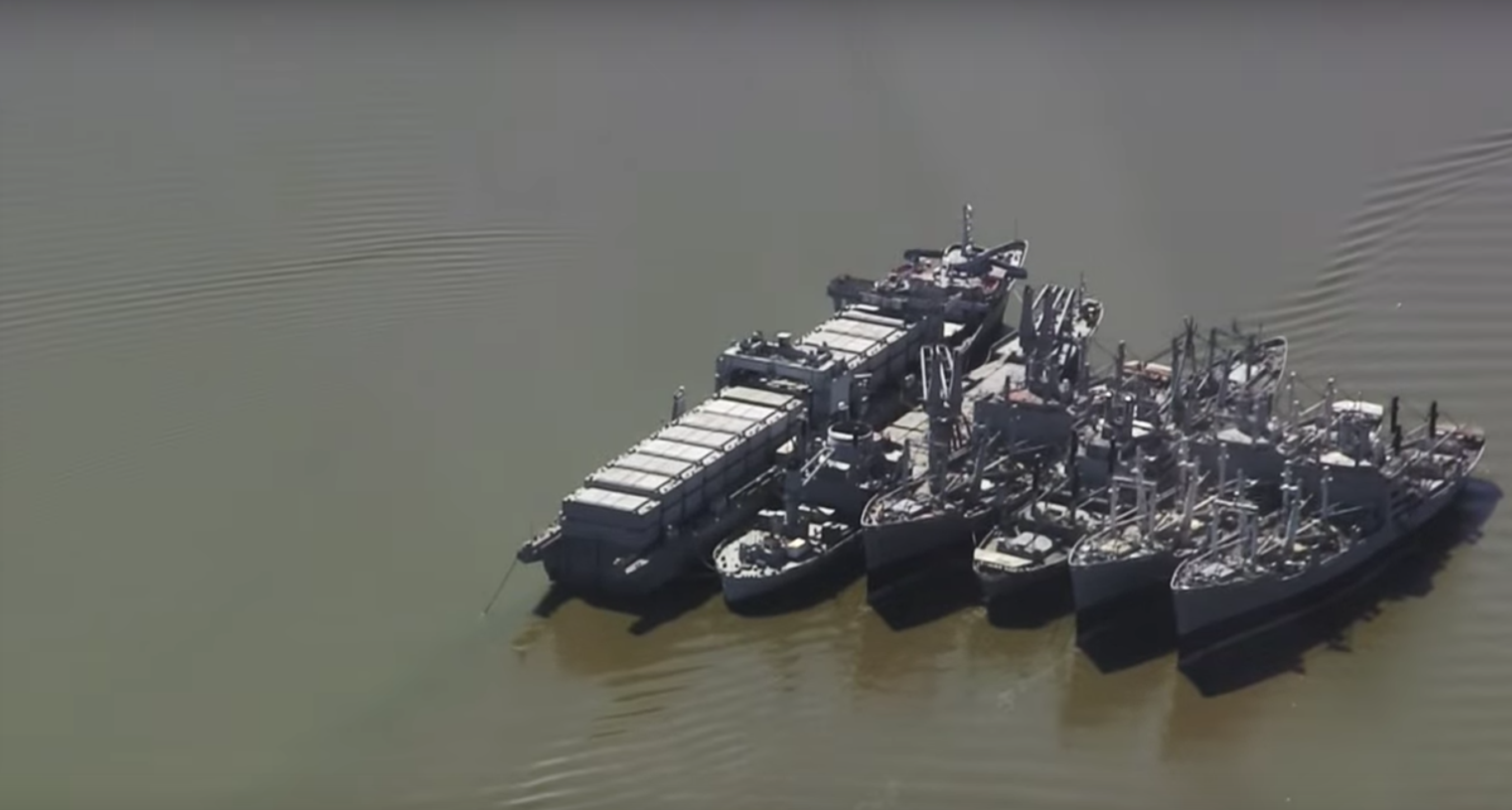
ARLINGTON, Va. — When U.S. Transportation Command tested the ability of the nation’s maritime Ready Reserve Force to set sail on short notice, only about 40 percent of the vessels deemed ready were able to leave port.
The no-notice exercise called a “Turbo Activation,” occurred in September and involved 28 vessels from the Military Sealift Command (MSC) and the U.S. Department of Transportation’s Maritime Administration (MARAD). The ships are located on the Atlantic, Pacific and Gulf Coasts. This was the largest such exercise since 2003.
About 60 percent of the Ready Reserve Force was considered ready, and only 40 percent of those ships were able to steam out of port, retired Rear Adm. Mark Buzby, the administrator of MARAD, said Thursday at the 2020 Surface Navy Association Symposium.
“We’ve got some challenges there,” Buzby said. “It’s driving our thinking as to if this is a workable, sustainable model for the future, the way we run the ready reserve force.”
Age is the main reason why the response was so troubling, Buzby said. The vessels used are, on average, 45 years-old and they spend a lot of time sitting idle, maintained by skeleton crews. When they’re called upon to activate within 48 hours, Buzby told USNI News, the systems don’t always work.
Purchasing new ships has not been a spending priority for the military. Meanwhile, increasing spending alone will not solve all the challenges Buzby faces maintaining the ships he already has.
“I’m finding myself in competition with military sealift command for drydocking space,” Buzby said. “We both have big ships and there are a certain number of dry docks that can take our ships. We’re both kind of fighting at times for space to get in there.”
When the ships do get into drydock, Buzby said the maintenance often takes longer than anticipated because work crews discover more wear and tear problems than what was known.
“They’re more broken because they’re old,” he said.
Buzby is using the Turbo Activation experience to pitch lawmakers for more money. He plans to purchase used ships between 18 and 22 years old, which would be virtually new for the Ready Reserve Force.
However, Buzby said the Turbo Activation only provides a snapshot of the force and doesn’t address the long-term resiliency of the ships or crews, Buzby said.k
“Are there enough people to man them on a long-term basis?” Buzby said. “I think we’re about 1,800 people short of manning these ships on a sustained basis. That’s this fleet, the MSC fleet and the commercial fleet. The rapid sealift using all of those.”
For the September test, Buzby said 682 mariners were called up to flesh-out crews for ten days. It worked, but
“We got it, but the industry felt it,” Buzby said. “This was only a ten-day call. But if this was going to be an open-ended call, one has to wonder if there would be the same turnout.”
The ability to handle an open-ended call carries significant concerns for military planners, Buzby said. During a force build-up, the Ready Reserve Force is who will deliver the vehicles, weapons and ammunition to sustain forces deployed overseas.
“This is our nation’s capability to take our nation’s armies, our forces and sustain them overseas,” Buzby said. “This is it, there are not a whole lot of other ships, laying around that we can call upon.”





